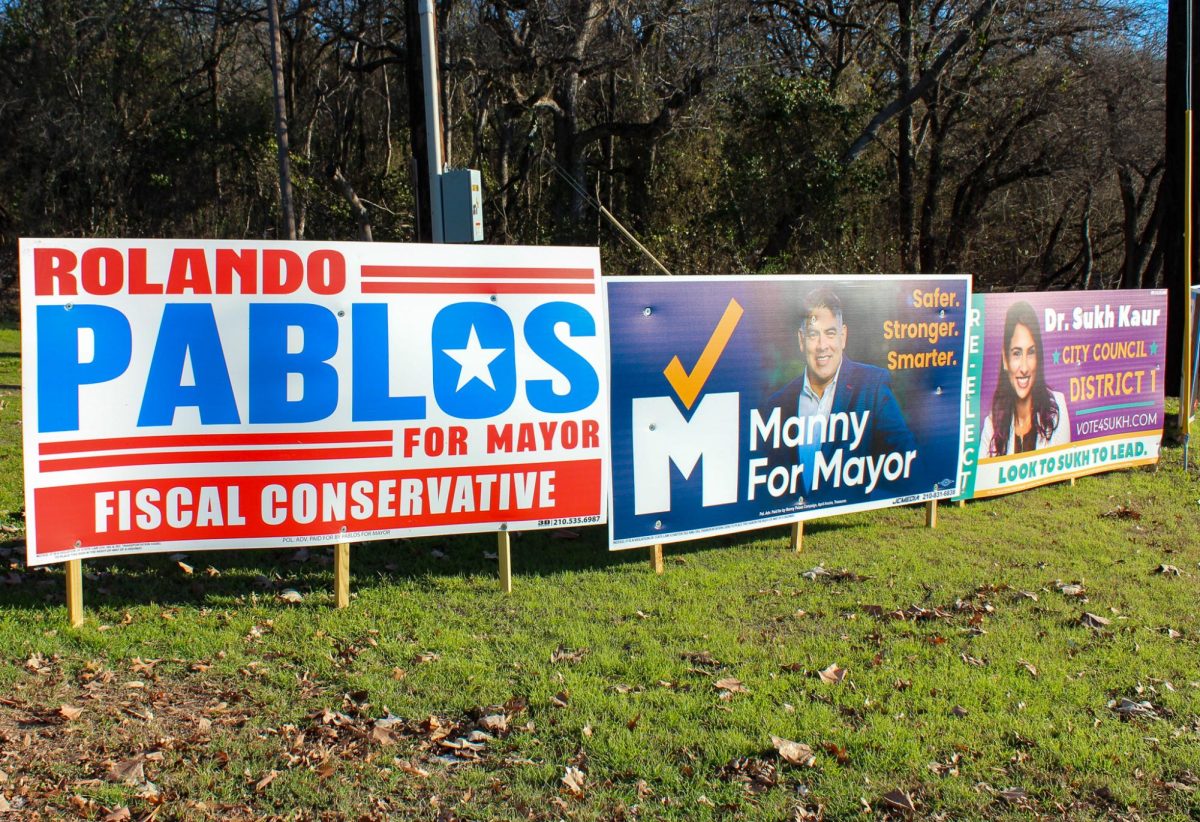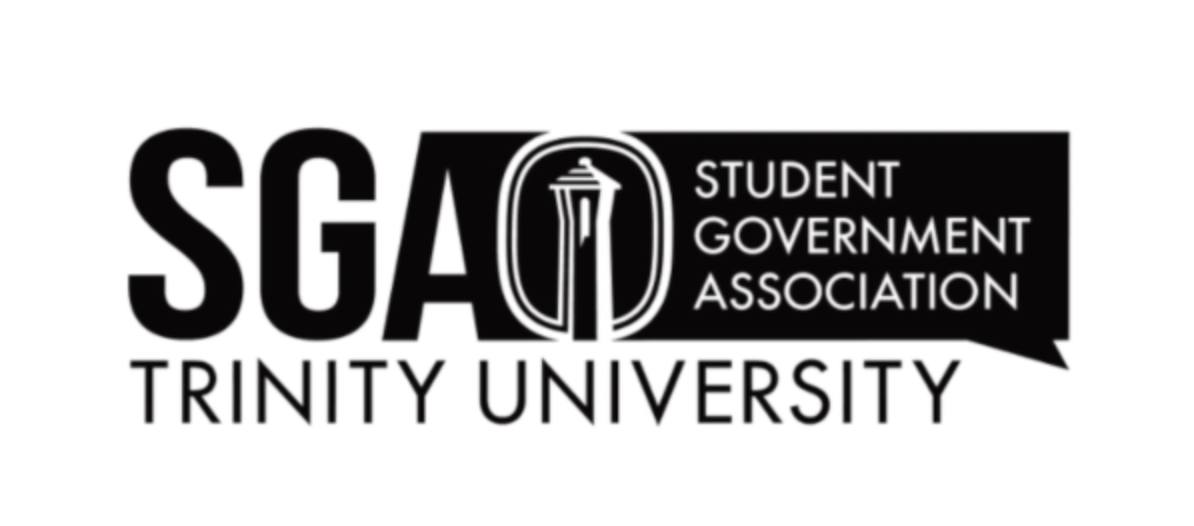Although relations with the Monte Vista Historical Association have improved, Trinity continues to face a suit from neighborhood residents regarding changes made to the houses, their alternative use as offices and their presence on Oakmont Court.
The dispute began with the construction of the Center for Sciences and Innovation. According to Dennis Ahlburg, university president, Trinity decided to complete the construction on CSI in one large step rather than multiple parts, saving the university approximately 20 million dollars. Rather than purchasing trailers for $600,000 or renting office space on campus to accommodate the displaced faculty, Trinity decided to utilize their properties on Oakmont Drive. However, this had some unintended consequences.
“We are careful in the way we use the properties, and we are interested in their historic value. Our faculty moved in, and there were some people in the neighborhood who did not like that,” Ahlburg said. “I don’t think they understood that we, over the course of history, had used the homes flexibly and were always very sensitive to the neighborhood.”
Permanent changes had been made to certain houses in order to accommodate disabled students and the elderly, as well as to replace corroded hardware, but this was ill- received by other residents of Monte Vista.
“These are things that people can disagree with,” Ahlburg said. “But the nature of the beast is that when people disagree, they will go to the city, and they will sue you. They are suing to get us thrown out of our own properties, which I thought was a rather curious and un-neighborly thing to do.”
The suit against the city to revoke the university’s certificates of occupancy for the Oakmont residences remains in appeal. However, relations with the MVHA are improving. After nine months of discussion with the MVHA, Trinity and the association came to a resolution. Trinity would utilize four of the eight homes that they own on Oakmont for residences and the other four for university activities, such as temporary department offices.
“I think that our relationship with Trinity is a good one,” said Jane Lewis, president of the Monte Vista Historical Association. “Obviously any of the plans or activities that Trinity has within that area can certainly affect the residential character of the neighborhood, but otherwise, as a neighbor, the Monte Vista district definitely appreciates all of the various events, concerts, presentations and speeches that Trinity offers, which is a very good thing to have near us. As a neighbor, Trinity offers a lot to us, and as a historic district, we offer a lot to Trinity because it is such a lovely neighborhood.”
The MVHA and Trinity are maintaining their relationship with a joint committee consisting of members of the MVHA and Trinity representatives. They are meeting quarterly to discuss questions and concerns and keep an open line of communication.
“They have been part of the university’s life for over 50 years. They are part of the university’s history, part of the university’s heritage,” said Sharon Schweitzer, assistant vice president of university communications. “I think the university wants to have the maximum flexibility to use its resources in order to deliver the academic mission, to provide a world class liberal arts and sciences education that prepares our students to work in a globally connected world.”
Although the suit against the city is still ongoing, Trinity is utilizing the eight homes, as well as the Holt Center, on Oakmont. It has neither been confirmed or denied that once the construction of CSI is complete that the four homes on Oakmont will return to residences or continue to be used as departments and office buildings.






